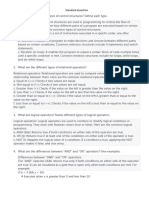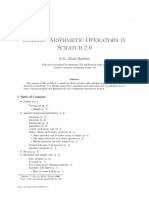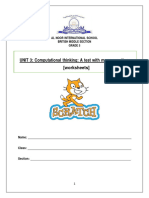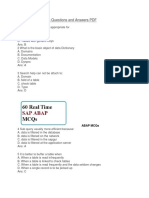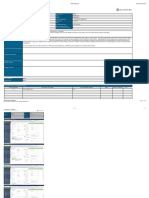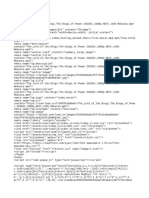0% found this document useful (0 votes)
19 views6 pagesSome Useless Shatt That I Needed To Log in
Chapter 8 discusses operators and conditional blocks in Scratch, detailing mathematical, relational, logical, and string operators. It explains how conditional blocks allow sprites to make decisions based on conditions using 'if-then' and 'if-then-else' structures. The chapter also includes sample programs and exercises to reinforce understanding of these concepts.
Uploaded by
aaravmittal319Copyright
© © All Rights Reserved
We take content rights seriously. If you suspect this is your content, claim it here.
Available Formats
Download as DOCX, PDF, TXT or read online on Scribd
0% found this document useful (0 votes)
19 views6 pagesSome Useless Shatt That I Needed To Log in
Chapter 8 discusses operators and conditional blocks in Scratch, detailing mathematical, relational, logical, and string operators. It explains how conditional blocks allow sprites to make decisions based on conditions using 'if-then' and 'if-then-else' structures. The chapter also includes sample programs and exercises to reinforce understanding of these concepts.
Uploaded by
aaravmittal319Copyright
© © All Rights Reserved
We take content rights seriously. If you suspect this is your content, claim it here.
Available Formats
Download as DOCX, PDF, TXT or read online on Scribd
/ 6









